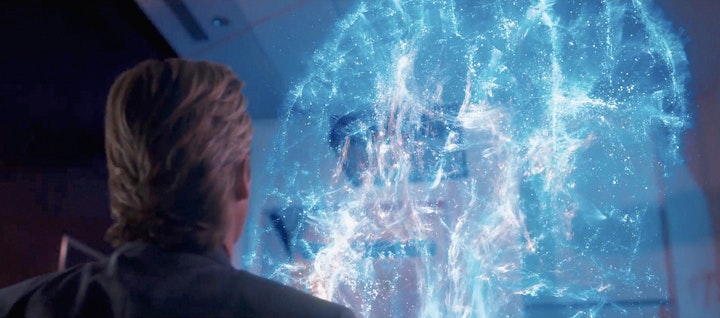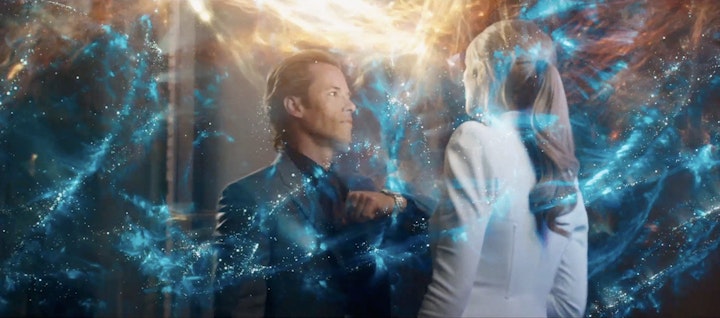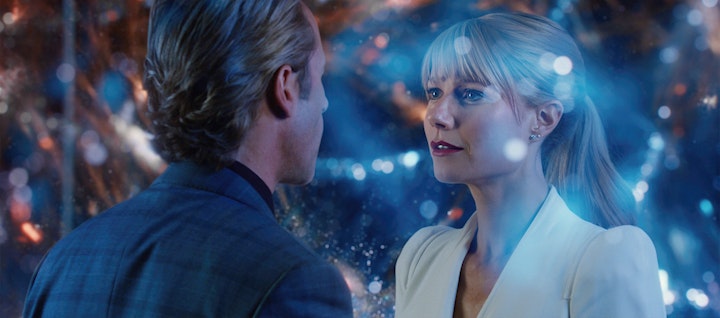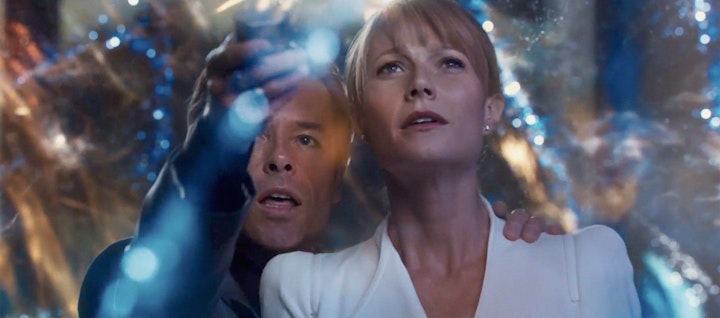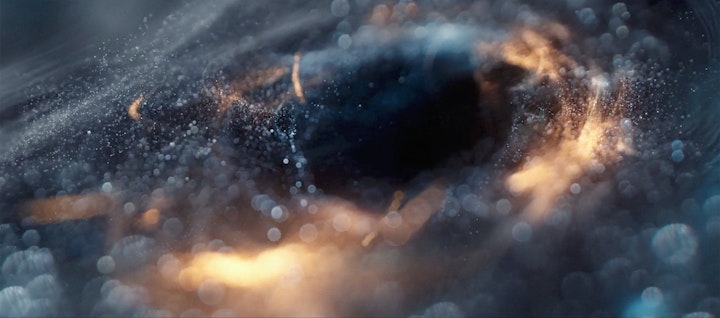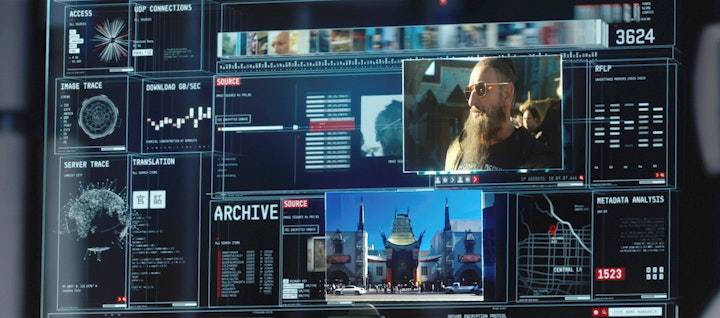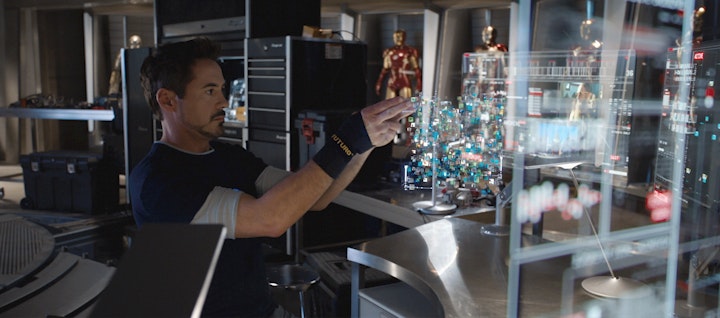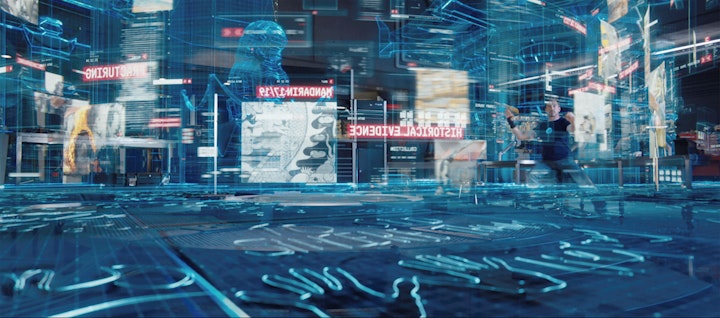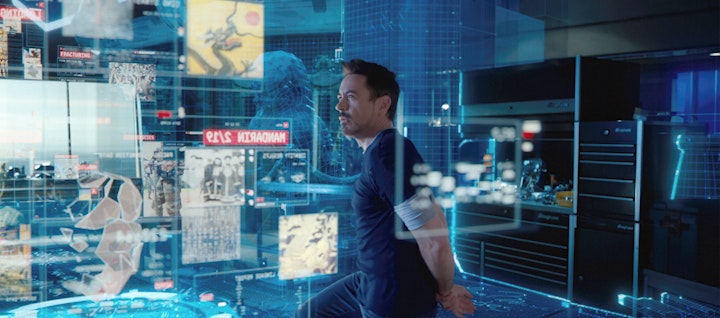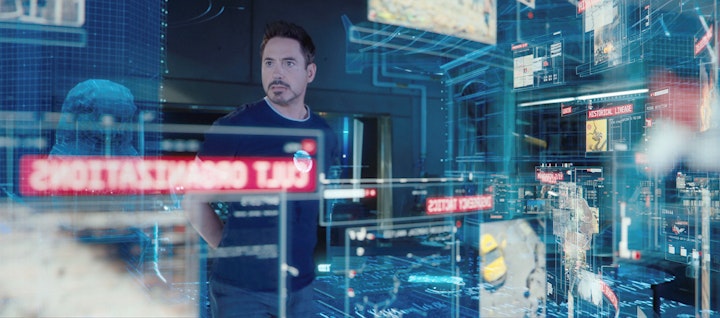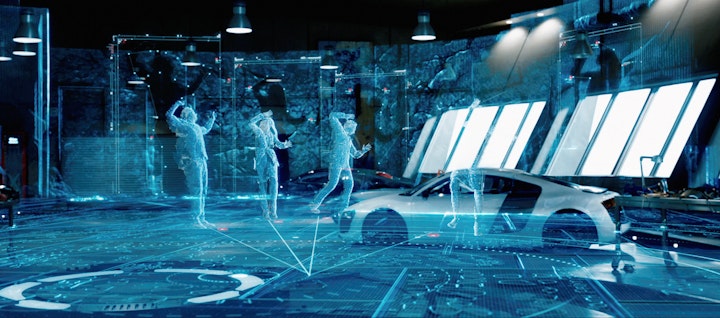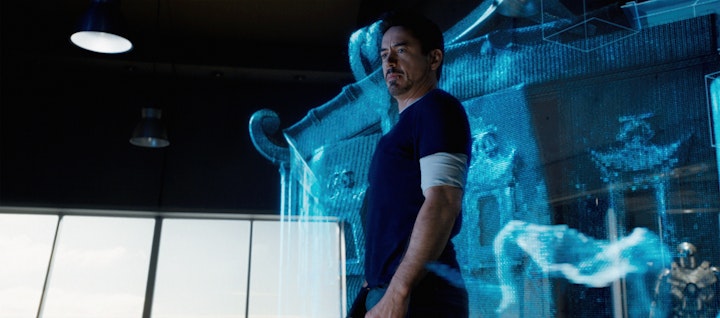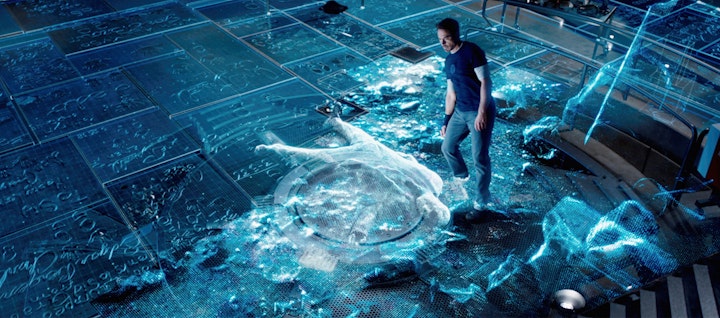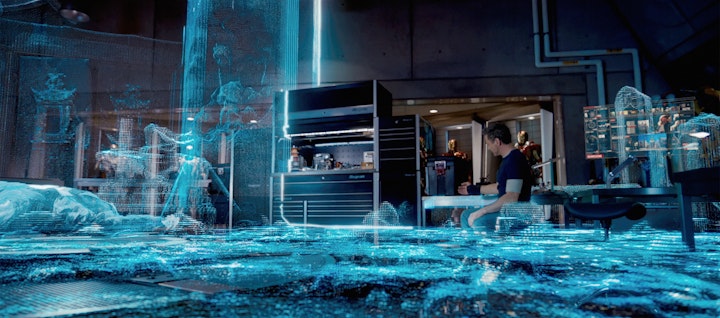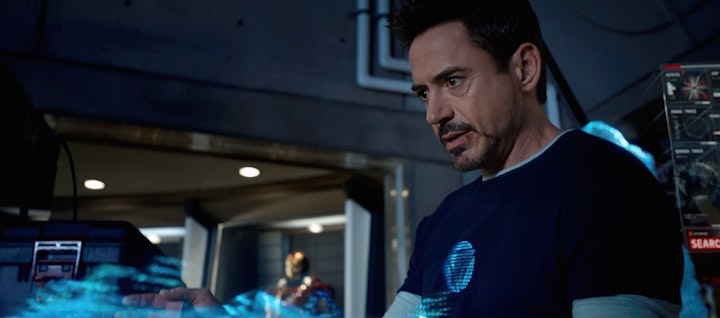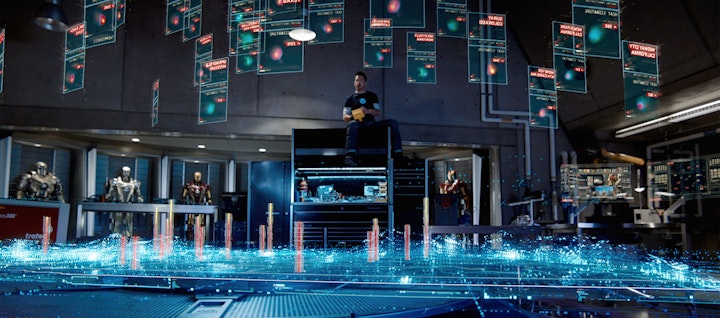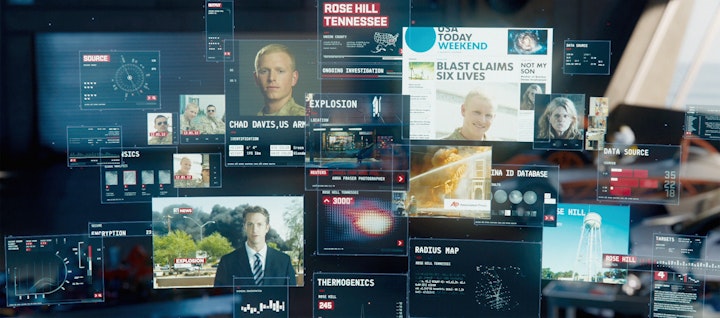Iron Man 3
Stepping back into the Tony Stark universe was like opening a familiar yet constantly evolving storybook. For Fuel VFX, it marked our third foray into the Marvel realm. But this project held a distinctive appeal for me. Embarking on a maiden collaboration with Production VFX Supervisor Christopher Townsend was a refreshing experience. Fuel VFX had previously joined forces with him for Captain America: The First Avenger. I quickly discovered Chris's commendable balance of collaboration and motivation. His unwavering support and visionary approach were a beacon during the project's intricate phases.
Our task at Fuel VFX was straightforward yet challenging. We masterminded the 'War Room', where Stark uses holography to decipher the aftermath of the Chinese Theatre bombing, peeling layers off the mystery surrounding The Mandarin. We also birthed the captivating brain hologram, a device used by Killian in his persuasive pitch to Pepper, highlighting the marvels of Extremis technology.
While both holographic designs were grounded in light projection, they demanded distinct design philosophies. The 'War Room' had to seamlessly integrate with Jarvis's aesthetic, requiring innovation in visual transitions. Conversely, Killian's brain hologram was an unprecedented spectacle within the Marvel universe, and our design drew inspiration from genuine 3D brain mapping data.
Piecing together Jarvis's crime scene hologram was akin to assembling a complex jigsaw puzzle. With lidar scans and 3D models, we transformed raw data into a narrative of geometric intricacy.
Matchmoving presented its hurdles, especially when Stark's hands danced in the air, manipulating Jarvis. To ensure pixel-perfect fidelity, we meticulously crafted a 3D replica of Stark's garage, allowing our holograms to intertwine flawlessly with the physical space.

